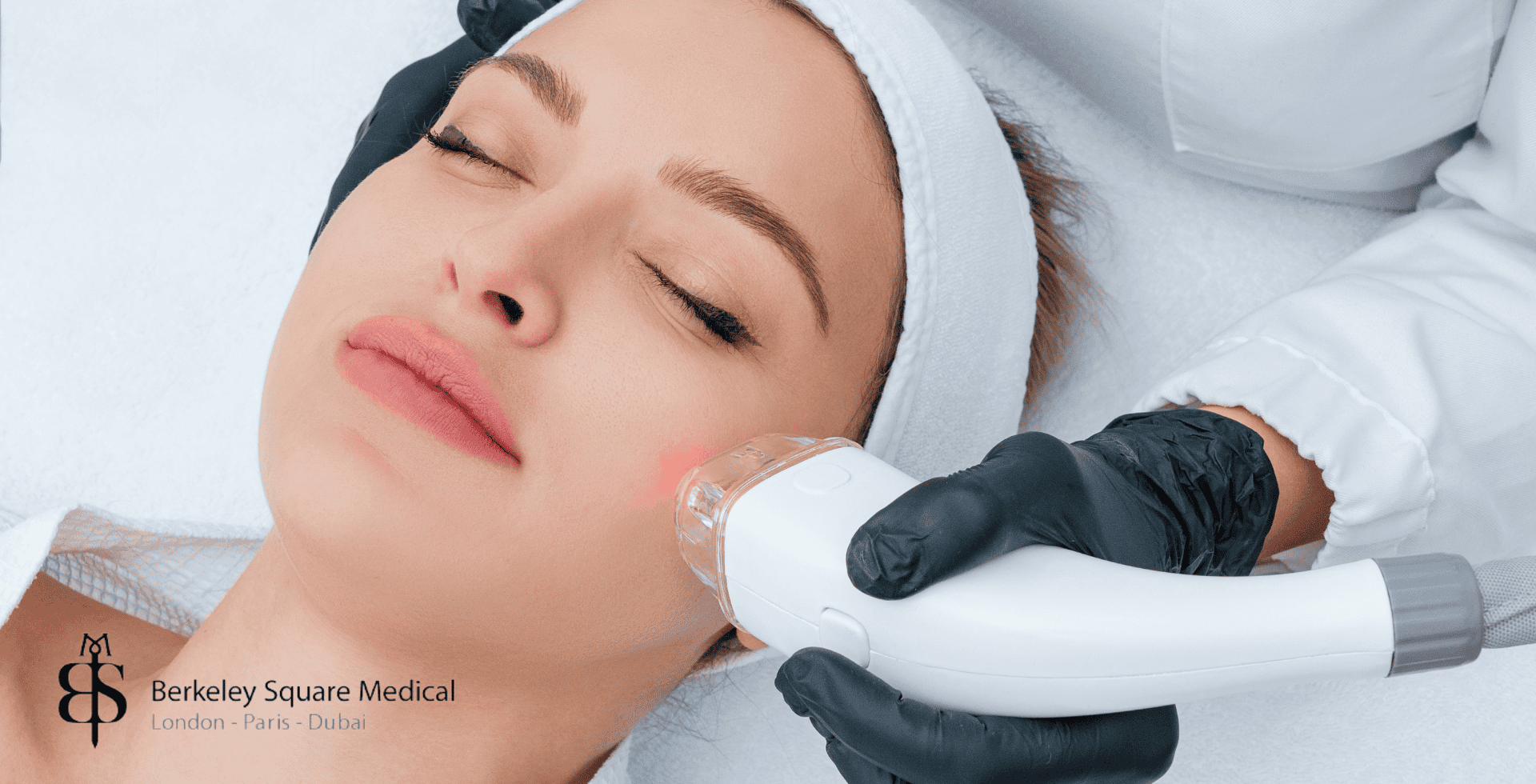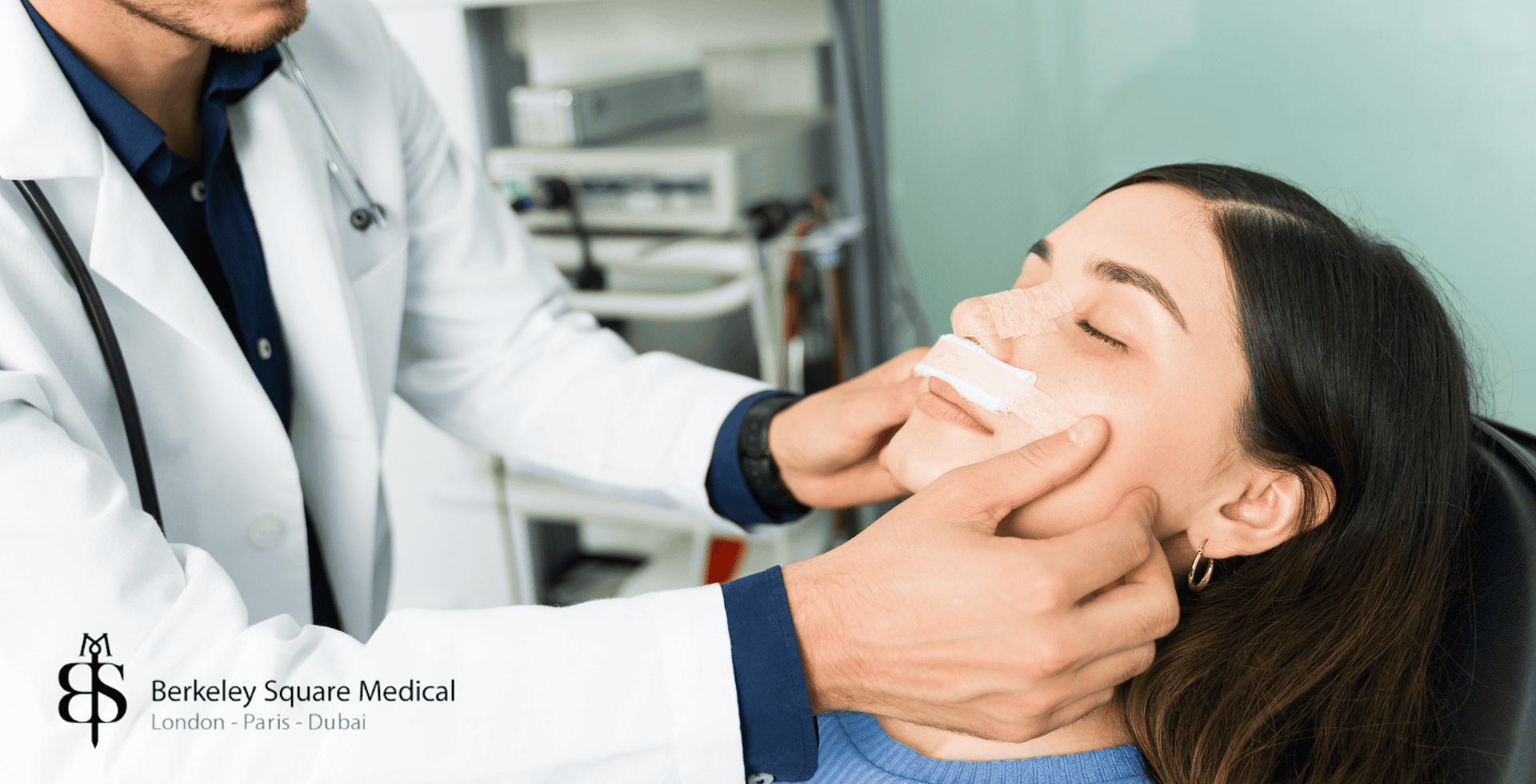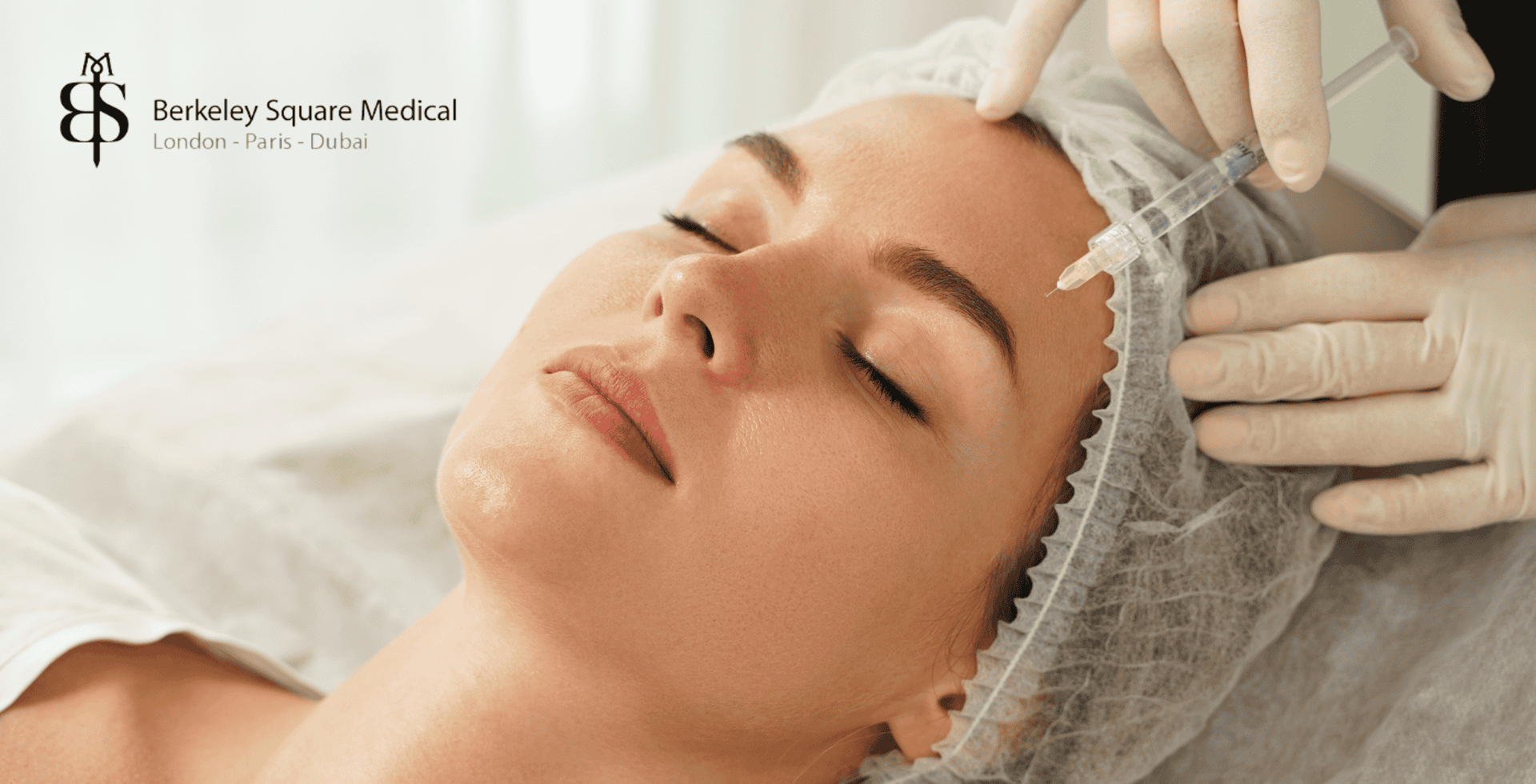The desire to enhance our appearance has led to a surge in the popularity of cosmetic procedures. Whether seeking to turn back the clock on ageing or to refine certain features, people now have a plethora of options at their disposal. These options broadly fall into two categories: minimally invasive and surgical cosmetic procedures.
While non surgical treatments offer the allure of quicker recovery times and less discomfort, surgical procedures promise more dramatic and long-lasting results. However, each type comes with its own set of benefits and considerations.
This article aims to shed light on the key distinctions between minimally invasive and surgical cosmetic procedures, so you can choose which path might be best for your aesthetic goals.
Minimally Invasive Cosmetic Procedures
Minimally invasive cosmetic procedures (1) are designed to enhance appearance with minimal disruption to the body. These treatments typically involve little to no downtime, making them an attractive option for those seeking subtle improvements without the need for a lengthy recovery period.
Benefits of Non Surgical Procedures:
- Shorter Recovery Time: Most minimally invasive treatments require little to no downtime, allowing patients to resume normal activities almost immediately.
- Lower Risk: These procedures generally carry fewer risks compared to surgery, as they do not involve major incisions or anaesthesia.
- Less Discomfort: Minimally invasive treatments are typically less painful and have fewer post-procedure complications.
Watch Video
Surgical Cosmetic Procedures
Surgical cosmetic procedures involve more extensive techniques to achieve significant and long-lasting results. These procedures are often chosen for their ability to make dramatic changes that cannot be achieved through minimally invasive methods.
Benefits of Surgical Procedures:
- More Dramatic Results: Surgical procedures can achieve significant changes that are often more noticeable and long-lasting than those obtained through minimally invasive methods.
- Comprehensive Treatment: Surgery can address multiple issues at once, providing a more holistic improvement.
- Long-Term Outcomes: The results of surgical procedures typically last longer, making them a cost-effective option in the long run for those seeking substantial changes.
Common Minimally Invasive Procedures
Minimally invasive (non surgical) cosmetic procedures have gained immense popularity due to their ability to provide subtle enhancements with minimal downtime. Here, we explore some of the most common minimally invasive treatments, detailing how they work, their benefits, and what you can expect from them.
Botox and Dermal Fillers
Botox:
- How It Works: Botox, a neurotoxin derived from Clostridium botulinum, works by temporarily paralysing the muscles responsible for wrinkles, particularly in areas such as the forehead, around the eyes (crow’s feet), and between the eyebrows (frown lines).
- Areas Commonly Treated: Forehead lines, crow’s feet, frown lines.
- Expected Results and Longevity: Results typically appear within a few days to a week and can last three to six months. Regular treatments are needed to maintain the effects.
Dermal Fillers:
- How They Work: Dermal fillers are injectable gels, often composed of hyaluronic acid, that add volume to the skin, smooth out wrinkles, and enhance facial contours.
- Areas Commonly Treated: Cheeks, lips, nasolabial folds (smile lines), under-eye hollows.
- Expected Results and Longevity: Results are immediate and can last from six months to two years, depending on the type of filler used and the area treated.
Temporary Side Effects:
- Mild side effects such as redness, swelling, bruising, and tenderness at the injection site are common but typically resolve within a few days.
Rare Complications:
- Infection: Though rare, infections can occur at the injection site.
- Allergic Reactions: Some patients may experience allergic reactions to the substances used.
- Asymmetry and Uneven Results: Improper technique can result in uneven distribution of Botox or fillers, leading to asymmetry.
- Nerve Damage: In very rare cases, nerve damage can occur, leading to drooping or muscle weakness.
Laser Treatments
Types of Laser Treatments:
- Laser Resurfacing: This treatment uses concentrated beams of light to remove layers of skin, promoting collagen production and resulting in smoother, more youthful skin.
- Laser Hair Removal: Focused light targets and destroys hair follicles, reducing hair growth over time.

How They Work:
- Laser Resurfacing: The laser precisely removes layers of skin, stimulating new skin growth and improving texture, tone, and pigmentation.
- Laser Hair Removal: The laser’s heat damages the hair follicles, inhibiting future hair growth.
Benefits:
- Benefits: Improved skin texture, reduced appearance of wrinkles and scars, long-term hair reduction.
Temporary Side Effects:
- Redness, swelling, itching, and a sunburn-like sensation are common and usually subside within a few days to a week.
Rare Complications:
- Pigmentation Changes: Hypopigmentation (lightening of the skin) or hyperpigmentation (darkening of the skin) can occur, particularly in individuals with darker skin tones.
- Scarring: Though rare, scarring can result from laser treatments, especially if the skin is not properly cared for post-treatment.
Chemical Peels
Types of Chemical Peels:
- Light Peels: Use mild acids like alpha-hydroxy acids (AHAs) for gentle exfoliation.
- Medium Peels: Use trichloroacetic acid (TCA) to penetrate the middle layers of skin, addressing more significant skin issues.
- Deep Peels: Use stronger acids like phenol to deeply penetrate the skin, providing dramatic results.
How They Work:
- Light Peels: Remove the outer layer of skin to improve texture and tone.
- Medium Peels: Remove skin cells from the epidermis and parts of the upper dermis to treat deeper wrinkles and pigmentation issues.
- Deep Peels: Remove skin cells from deeper layers of the dermis, resulting in significant improvement in skin appearance.
Expected Outcomes:
- Light Peels: Immediate improvement in skin texture with minimal downtime.
- Medium Peels: Noticeable improvements in skin smoothness and clarity with a recovery period of about a week.
- Deep Peels: Significant improvements in skin tone and texture, with a longer recovery period of several weeks.
Temporary Side Effects:
- Redness, peeling, and sensitivity are common, with the severity depending on the depth of the peel.
Rare Complications:
- Pigmentation Changes: Changes in skin colour can occur, especially if sun exposure is not avoided post-procedure.
- Scarring: Deep peels carry a higher risk of scarring.
- Infection: There’s a risk of bacterial, fungal, or viral infection if the skin is not properly cared for.
Common Surgical Procedures
Surgical cosmetic procedures offer more dramatic and long-lasting results compared to their minimally invasive counterparts. While these procedures involve more extensive techniques and longer recovery times, they can achieve significant aesthetic enhancements. Here, we explore some of the most common surgical cosmetic procedures, detailing how they work, their benefits, and what patients can expect.
Rhinoplasty
Procedure Details:
- How It Works: Rhinoplasty, commonly known as a nose job, reshapes the nose to improve its appearance and function. The procedure can address issues such as a prominent hump, a drooping or upturned nasal tip, asymmetry, or nasal obstruction.
- Surgical Techniques: There are two primary techniques: open rhinoplasty and closed rhinoplasty. Open rhinoplasty involves a small incision on the columella (the tissue between the nostrils), allowing the surgeon greater access to the nasal structures. Closed rhinoplasty involves incisions within the nostrils, resulting in no visible scarring.
- Anaesthesia: Rhinoplasty is typically performed under general anaesthesia, although local anaesthesia with sedation may be used in some cases.

Recovery Process:
- Initial Recovery: Patients can expect swelling, bruising, and discomfort for the first few days post-surgery. A splint is usually placed on the nose to protect it and maintain its new shape during the initial healing period.
- Long-Term Recovery: Swelling gradually subsides over several weeks to months, with final results typically visible within a year. Patients are advised to avoid strenuous activities and protect their nose from injury during the recovery period.
Expected Results:
- Aesthetic Outcomes: Rhinoplasty can significantly improve the nose’s shape, size, and proportion, enhancing overall facial harmony.
- Functional Outcomes: The procedure can also correct structural issues that cause breathing problems, improving nasal function.
General Anaesthesia Risks:
- Complications from anaesthesia, though rare, can include allergic reactions, respiratory issues, or cardiovascular problems.
Surgical Complications:
- Infection: Post-surgical infections are a risk, requiring antibiotics or further treatment.
- Bleeding: Excessive bleeding can occur during or after the surgery.
- Asymmetry and Unsatisfactory Results: Sometimes, the outcome may not meet the patient’s expectations, necessitating revision surgery.
- Breathing Difficulties: Structural changes can occasionally lead to nasal obstruction or difficulty breathing.
- Scarring: While most scars are hidden, there is a risk of visible scarring with open rhinoplasty.
Breast Augmentation
Procedure Details:
- How It Works: Breast augmentation involves the insertion of implants to increase breast size and enhance shape. It can address asymmetry and improve the overall appearance of the breasts.
- Types of Implants: Patients can choose between saline and silicone implants, each with its own advantages. The choice depends on the patient’s preferences and the surgeon’s recommendation.
- Incision Options: Common incision sites include the inframammary fold (under the breast), periareolar (around the nipple), and transaxillary (in the armpit).
Recovery Process:
- Initial Recovery: Swelling, bruising, and discomfort are common in the first week. Patients are usually advised to wear a support bra and limit physical activity.
- Long-Term Recovery: Most patients can return to normal activities within a few weeks, but full recovery and final results may take several months.
Expected Results:
- Aesthetic Outcomes: Breast augmentation can provide fuller, more symmetrical breasts, enhancing body contour and boosting self-confidence.
General Anaesthesia Risks:
Surgical Complications:
- Infection: Post-surgical infections can occur around the implant site.
- Capsular Contracture: The formation of scar tissue around the implant, causing it to harden and potentially deform.
- Implant Rupture or Leakage: Implants can rupture or leak, requiring replacement or removal.
- Changes in Sensation: Altered sensation in the breast and nipple area, which can be temporary or permanent.
- Scarring: Visible scars may form, particularly around the incision sites.
Liposuction
Procedure Details:
- How It Works: Liposuction removes excess fat deposits from specific areas of the body, such as the abdomen, thighs, hips, arms, and neck. The procedure contours and reshapes these areas, providing a more toned appearance.
- Surgical Techniques: Techniques include tumescent liposuction, ultrasound-assisted liposuction (UAL), and laser-assisted liposuction (LAL). The choice of technique depends on the area being treated and the surgeon’s expertise.
- Anaesthesia: Liposuction can be performed under local anaesthesia, sedation, or general anaesthesia, depending on the extent of the procedure.
Recovery Process:
- Initial Recovery: Swelling, bruising, and soreness are common in the first few days. Compression garments are typically worn to help reduce swelling and support the new contours.
- Long-Term Recovery: Swelling gradually decreases over several weeks to months, with final results becoming more apparent as the body heals.
Expected Results:
- Aesthetic Outcomes: Liposuction provides a slimmer, more contoured silhouette by removing localized fat deposits that are resistant to diet and exercise.
General Anaesthesia Risks:
- Potential complications from anaesthesia similar to other surgical procedures.
Surgical Complications:
- Infection: There’s a risk of infection at the incision sites or within the treated areas.
- Fluid Accumulation: Seromas (fluid pockets) can form under the skin, requiring drainage.
- Irregular Contours: Uneven fat removal can result in contour irregularities or lumpy skin.
- Blood Clots: There’s a risk of deep vein thrombosis (DVT) or pulmonary embolism.
In Closing
Both minimally invasive and surgical cosmetic procedures come with their own set of risks and potential complications. Non surgical treatments generally have fewer risks and shorter recovery times but may offer less dramatic results. Surgical procedures, while offering more significant changes, come with higher risks and longer recovery periods.
Ready to take the next step toward achieving your aesthetic goals? At Berkeley Square Medical, our team of highly skilled professionals is dedicated to helping you look and feel your best. Whether you’re considering a minimally invasive treatment or a surgical procedure, we are here to guide you through every step of the process.
Schedule a consultation with us to discuss your options and develop a personalised treatment plan tailored to your unique needs and goals.
Sanjay is a Senior Clinical Member at Berkeley Square Medical carrying over a decade of experience. He has assisted over 1500 surgeries carried out at the hospital supporting patients both pre and post-surgery throughout their treatment journeys. This article was written with the contribution of
Dr Taimur Shoaib, our Consultant Plastic Surgeon.
Latest posts by Sanjay Rai
(see all)
